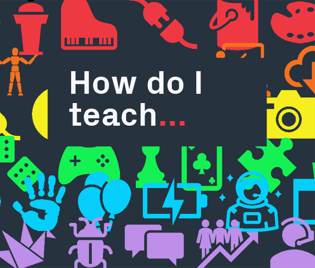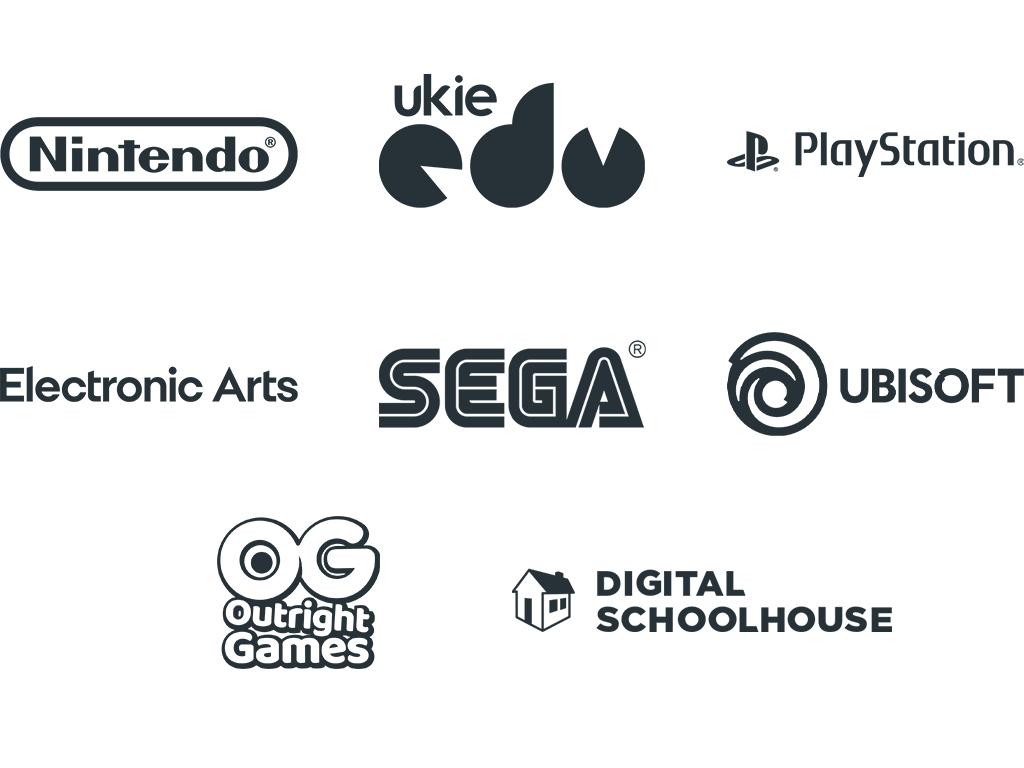
How to teach controlling or simulating physical systems in Key Stage 2 Computing
This month our 'How do I teach...' blog will focus on ideas of how you could teach controlling or simulating physical systems.
This months National Curriculum strand: Controlling or simulating physical systems.
Common misconceptions
- This strand requires the use of robots. It would be easy to focus on the controlling element of the strand rather than factor in the word simulating. When factoring in simulation there is no need to use robotics kits for students to achieve this strand (although this is a great way of meeting it), students can simulate a physical system by taking on the role of the robot themselves. Activities like Phil Bagge's Jam Sandwich Algorithm are a brilliant example of this.
- To achieve this strand students need to write program code. There is no requirement for students to write code to experience controlling or simulating a physical system. In fact, if teachers are looking for opportunities for cross-curricular activities this is a brilliant strand to use. Activities such as spreadsheet modelling provide a brilliant basis for students to achieve the strand while embedding the activity into the term's topic area. Some opportunities include modelling the feeding of an animal at a zoo or creating a spreadsheet based decoder for the Caesar Cipher to coincide with a focus on the Romans.
- Activities to meet this strand need to be classroom based. This strand also provides good opportunities for students to experience computing outside their classroom. A trip to a local theme park to look at how computers are used to control rides could be complemented with a classroom activity using software such as Flowol to control elements of a rollercoaster or learners could visit a local pizza parlour to create their own pizzas and then think about how a computer program might be designed to make pizzas on a production line.
What resources do Digital Schoolhouse have to support the teaching of this strand?
Workshops
- Moon Landing This workshop covers both elements of this strand by having students demonstrate how computer games use tile maps to generate randomised backgrounds. They also learn how to use the searching algorithms that are used in real-life computer systems.
- Big Data This workshop covers simulating a physical system, first by simulating how companies use online forms to collect and then generalise data about people by having students learn how to collect data using a questionnaire and then analysing their findings.
- iRobot This workshop covers both elements of this strand by having students simulate various AI systems through the use of unplugged activities devised by Queen Mary University's CS4FN and through designing simple code for robots that control them so they have simple, insect behaviors like bring attracted to light.
Playful Computing Activities
Bring the internet to life in this fun, physical activity Nifty Networks. This playful computing activity meets the simulation element of this strand by simulating how networks send data.
And there you have it, three workshop suggestions and a playful computing activity to help you deliver the controlling or simulating physical systems strand from the Key Stage 2 National Curriculum for Computing. If you have any comments or queries about these resources, I'd love to hear from you - drop me an email at estelle@ukie.org.uk. If you're not sure where these activities could fit into your curriculum or would like to see the resources in action first? You can book a free workshop with your local Schoolhouse.


